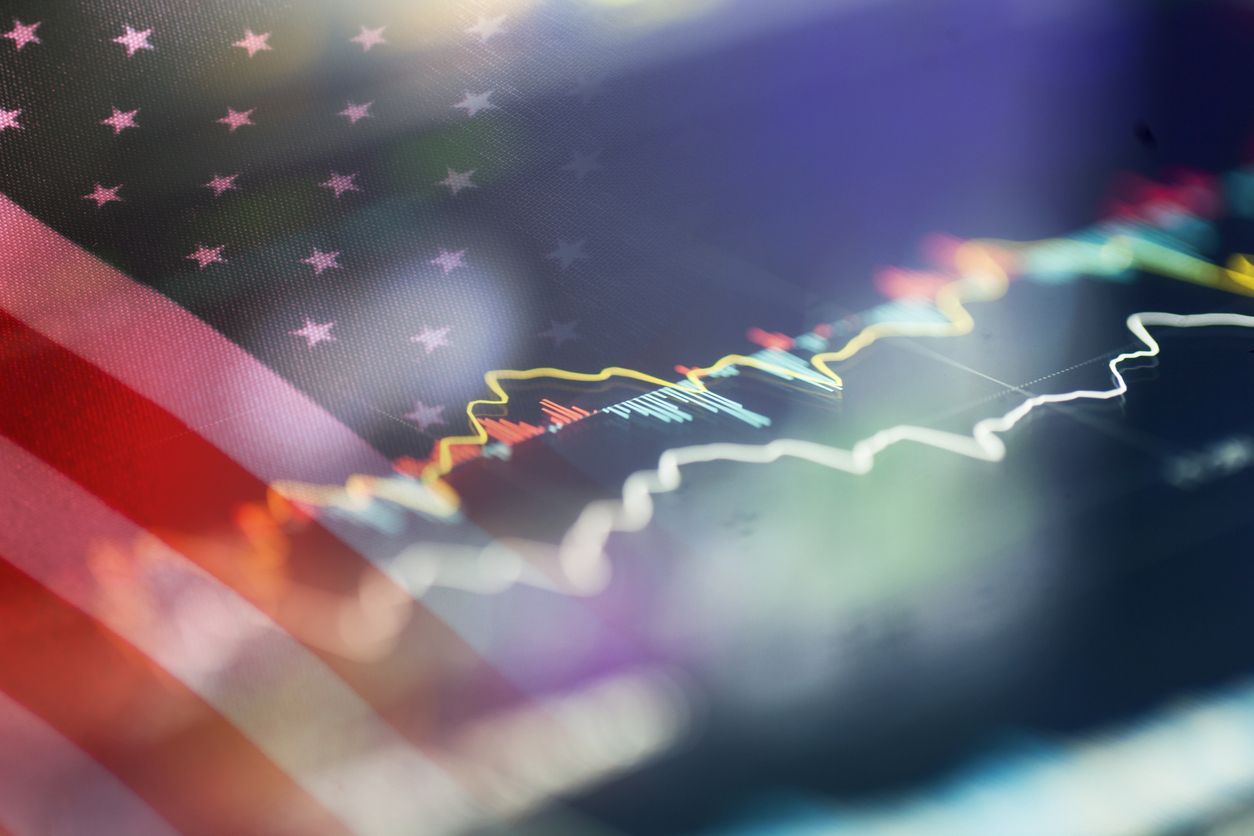
Making sure an investment portfolio has sufficient diversification can help mitigate risk, and one way that a portfolio can effectively be diversified is to allocate funds globally. By investing funds across a range of different geographic areas of the world, the impact on the overall portfolio, if a particular region suffers a downturn, is reduced.
Investing in a global investment fund may be a sensible way of obtaining this diversification, and you may be forgiven for thinking that such a fund would invest a reasonable proportion of the portfolio in each region. The reality is that a significant proportion of the portfolio, perhaps up to two-thirds, is highly likely to be invested in the US market. The MSCI World Index, perhaps the most recognised global market index which comprises the largest 1,540 global companies from 23 developed nations, allocates 68.3% to the US market, with the next largest component being Japan at just 6.2% and the UK at a mere 4.4%.
Size that can’t be ignored
The reason US markets command such a weight in global indices is a result of the sheer size of the largest components of the US S&P500 and Nasdaq indices. The relative size of companies value on the market is calculated by multiplying the number of shares in issue by the price of each share, and is known as the market capitalisation (or market cap). Currently, US tech giant Apple and Saudi energy company Saudi Aramco are swapping places as the largest global stock by market cap, with both companies valued at over $2 trillion. To put this in perspective, both companies are individually over 10 times bigger than Shell, which is the largest component in the FTSE100 index of leading UK shares.
Of the remaining 8 companies in the top 10 global stocks ranked by market cap, 7 are based in the US, with Chinese conglomerate Tencent being the only other non-US company to feature in the top 10.
To reinforce the scale of these mega cap stocks, it was interesting to note that at one point in 2020, the market cap of Apple was bigger than the combined market cap of all 100 constituents of the FTSE100, and whilst Apple shares have fallen back this year, the value of the company continues to stand just below the combined market cap of the UK index.
Given the sheer magnitude of the largest US stocks, active managers of Global Equities funds would have to make a very bold decision to ignore the largest positions, as doing so would be increasing the chance that the fund would perform very differently from the market as a whole.
When America sneezes
It is clear to see the dominance of US companies in global terms, and why US stocks really can’t be ignored when considering geographic asset allocation within a portfolio. But this doesn’t necessarily explain why the fortunes of the US economy are key to how global markets perform.
Whilst the origins of the saying are open to debate, the phrase “when America sneezes, the world catches a cold” is often used to describe the influence the US economy has over the rest of the world. Perhaps the most striking example would be the Great Depression in the 1930s, which started following the infamous Wall Street Crash of 1929.
Despite only being home to less than 5% of the world’s population, according to the World Bank, the total Global Gross Domestic Product in 2020 was $84.5 trillion, with the US contributing almost $21 trillion or 25% of the world’s economic output. Any shift in performance of the US economy, by virtue of the global marketplace, will therefore have a disproportionate impact on the economic prospects for many other countries.
The confidence of US consumers will have a truly global impact, as it is the most important export destination for one fifth of countries around the world. Increasing US consumer confidence can lift the fortunes of many trading partners through an increase in demand for imported goods, and this is why the prospects for Emerging Markets are, in particular, linked to the performance of the US economy.
Another key reason is the importance of the US Dollar, which is the most commonly used currency both in trade, and also financial markets. The Dollar is seen by many as the world’s reserve currency, and according to the International Monetary Fund, just under 60% of Global central banks reserves are held in US Dollars. Monetary policy decisions by the Federal Reserve, the US central bank, are so carefully watched due to the impact these can have on the strength of the US Dollar, which in turn affects the financial stability of countries that rely on Dollar reserves.
Finally, global commodity markets are intrinsically linked to US economic prospects. As the US is the largest producer, and consumer, of both Oil and Gas, the output from US production of energy supplies, and the demand for those supplies around the world, will weigh on global commodity prices.
The US is key to the global economy
As these factors demonstrate, the US economy and stock market have a defining role to play in the fortunes of the global economy, and in our opinion, any portfolio strategy should have exposure to the US as part of a global approach.
We see many investment portfolios managed by others that are too focused on UK stocks and funds, and significantly underweight in their allocation to US Equities. Since 2016, this would have led to underperformance as UK Equities have consistently lagged US stocks over this period. Whilst we advocate good exposure to the UK within any strategy, given the importance of holding domestically focused positions, not having a sufficient allocation to the US means missing out on the prospects for the world’s largest firms, and the most influential economy.
If you would like to discuss the geographic diversification in your investment portfolio with one of our experienced financial planners, please get in touch here.
The value of investments and the income they produce can fall as well as rise. You may get back less than you invested. Past performance is not a reliable indicator of future performance. Investing in stocks and shares should be regarded as a long term investment and should fit in with your overall attitude to risk and your financial circumstances.





